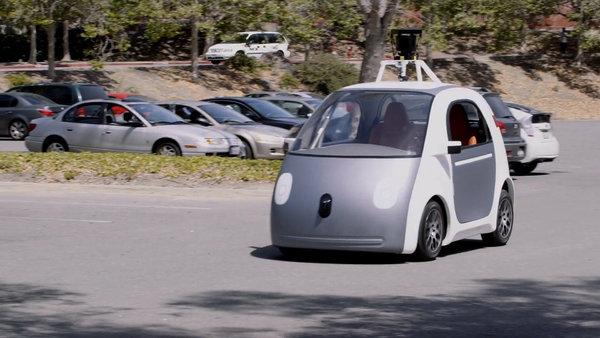
|
| Image source: graphics8.nytimes |
The Pros
Proponents of driverless vehicles are quick to point out their many benefits. Some of these possible benefits include:
Increased in vehicle sharing
More small vehicles on the roads
Cycling and walking more appealing
Decreased fuel usage
Less land used for parking
Many people who are looking forward to the advent of autonomous vehicles believe that people will be more likely to forgo owning their own vehicles if they could guarantee having one available to them whenever they need it. Most private cars and trucks spend a lot of time parked. Self-driving cars could drop one person off at their destination and immediately leave to pick up another person. This potentially reduces the amount of vehicles on the road substantially. Having less vehicles on the road leads to increased air quality, as well as decreased carbon emissions.
It also allows for more smaller vehicles, as people likely wouldn't feel the need to ride in a large vehicle unless they had a large group of people travelling together. Many current drivers drive vehicles that are made for at least five people, even when they are the only person in the car. It's also likely that they wouldn't drive a pickup or SUV unless they were specifically using it for hauling or pulling. Smaller vehicles are generally more fuel efficient, which may reduce our dependence on fossil fuels.
Some proponents also believe that cycling and walking will become more popular when fully autonomous vehicles are common. Self-driven vehicles are considered much safer than standard ones, so people will be less afraid of being struck by a car or truck when they are walking and biking. It's also believed that substantially fewer parking spots will be needed, . Not only are green spaces good for the environment, they also make walking and biking more appealing.
The Cons
More people will be able to drive
Cars may need to be replaced sooner
Increased urban sprawl likely
People may want bigger, more comfortable vehicles.
There are currently many people who are unable to drive because of mental handicaps, physical handicaps or age. Computer-driven vehicles will give these people the ability to get around on their own, which could actually increase the number of vehicles on the road rather than decrease it. This possibility could increase our dependence on fossil fuels and actually make the congestion and air quality decrease instead of increase.
Drivers also enjoy being in comfortable spaces, so it's likely that the size of vehicle that people want will not go down, and neither will the fuel efficiency. Travelers will likely find that they want more room to relax if they don't have to focus on the road. They are likely to move further away from work if they are not looking at the prospect of a stressful commute. This could mean fewer green spaces as the cities spread out wider. The environmental impact of urban sprawl is potentially the largest downside of driverless vehicles.
With people being less likely to own their own robotic vehicles, we must think about how often these vehicles will need to be replaced. Current vehicles are on the road for an average of eleven years. If self-driving cars are shared by many people, they will wear out more quickly. Some estimate their lifespan at less than five years. The energy it takes to replace these vehicles may negate their potential to have a positive effect on the environment.
While there are various pros and cons of driverless vehicles, the biggest issue is that it's hard for anyone to accurately predict whether their overall environmental impact will be positive or negative until they are being used. What effect do you think driverless vehicles will have on the environment? Are you looking forward to using them? Let us know in the comments.
This piece was written by Bob Gorman. You can contact him directly at